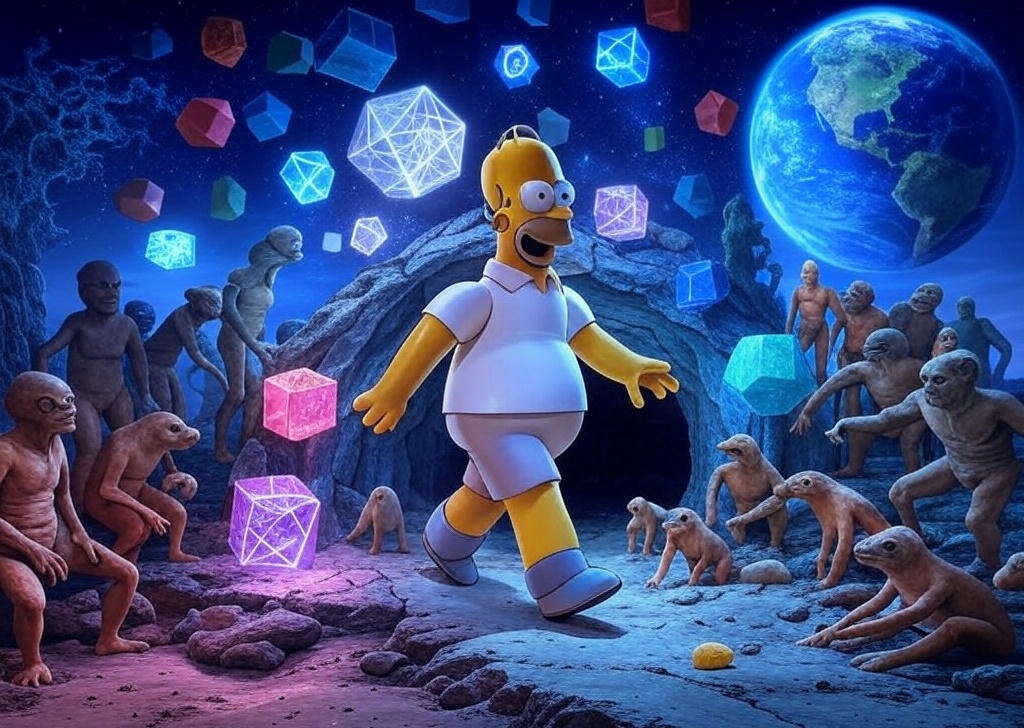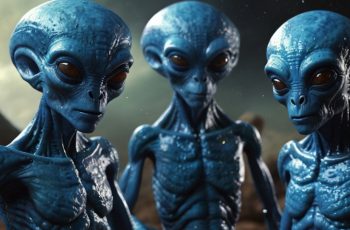On Halloween 1995, Homer Simpson stumbles from 2D Springfield into a 3D realm, surrounded by spinning shapes and Fermat’s Last Theorem: 1782¹² + 1841¹² = 1922¹². This quirky gag might connect to a cosmic mystery involving a Great Underwater Wall, alien star men, and a hypercube Earth—all tied to Pierre de Fermat’s 17th-century riddle.

Fermat, a French judge and math genius, revolutionized geometry and number theory. His Last Theorem—no three integers a, b, c satisfy aⁿ + bⁿ = cⁿ for n > 2—teased scholars for centuries until Andrew Wiles proved it in 1993. Fermat’s marginal note hinted at a proof too vast to share, sparking wild ideas: Could Earth be a hypercube, a 4D shape defying our senses?
Fermat’s obsession with magic squares—like Dürer’s 1514 Melancholia grid, summing to 34 every way—suggested deeper spatial laws. These weren’t just puzzles but glimpses of 3D geometry, hinting at alien blueprints. Ancient Amazon rock art, decoded by Exeter researchers, shows star men and shamans mapping a cosmic reality, blending worlds in ways Fermat’s math echoes.
Then there’s the Great Underwater Wall, a flat ocean-floor anomaly. Mapped on a sphere, it curves; flattened, it suggests a hypercube Earth where lines and spheres merge. Fermat’s work on curves and space supports this, clashing with science’s round-Earth dogma. Clues pile up—from Dürer’s squares to Ezekiel’s visions, even a scrubbed Google Maps anomaly.

Enter the star men: celestial guides in a reader’s vision of a geometric orb and “Metatron,” the archangel of Earth’s blueprint. Could Fermat’s theorem, Homer’s 3D trip, and Amazon art reveal a hypercube Earth shaped by alien minds? The theorem dares us to rethink reality—a universe where Earth bridges the stars, encoded in math and art. Are we ready for the fourth dimension?


